Baião de Dois Clássico do Sertão: O Sabor Autêntico do Nordeste em Cada Garfada 🌾🥘🔥
1. Introdução
O Baião de Dois é muito mais que um simples prato – é uma experiência cultural que traduz a essência do Nordeste brasileiro em cada mordida. Essa receita de baião de dois tradicional, passada de geração em geração, combina a rusticidade do sertão com a riqueza de sabores que fazem sucesso em todo o país. Originário das cozinhas dos vaqueiros, que precisavam de refeições nutritivas para suas longas jornadas, hoje esse prato conquistou seu lugar nos melhores restaurantes e nas mesas das famílias brasileiras.
O segredo do sucesso dessa receita está na combinação perfeita entre o arroz e o feijão-de-corda, enriquecidos com carne seca, linguiça calabresa e um toque especial de dendê. Se você quer aprender a preparar essa maravilha da culinária nordestina, continue lendo e descubra todos os segredos para um Baião de Dois perfeito!
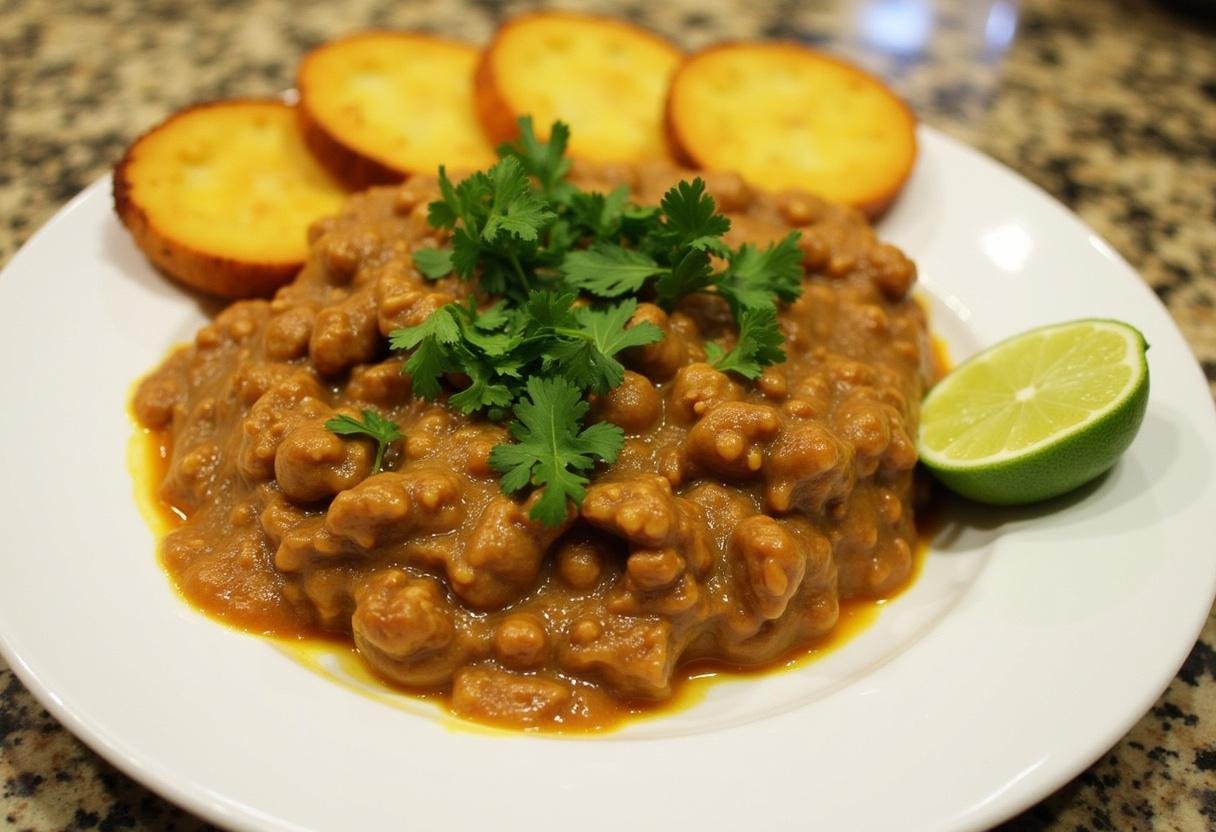
2. Ingredients
To prepare this traditional baião de dois recipe for 6 people, you will need the following fresh, quality ingredients:
- 2 cups (400g) of washed rice – prefer long grain rice that releases better
- 1 cup (200g) cooked cowpeas – the secret to authentic flavor
- 200g of desalted and cooked dried meat – you can replace it with charque if you prefer
- 200g of Calabrian sausage cut into slices – gives an incredible smoked flavor
- 1 medium onion, chopped – the base seasoning for the dish
- 3 cloves of minced garlic – the fresher the better the aroma
- 1 chili pepper (optional) – for those who like a spicy touch
- 1 bunch of chopped coriander – a must in traditional Baião de Dois
- 1 tablespoon of palm oil – the golden touch that makes the difference
- Salt and pepper to taste – adjust according to your taste
- Boiling water – approximately 4 cups
According to experts at Sabores Ajinomoto , the quality of the ingredients is essential for a perfect Baião de Dois. Invest in fresh, well-sourced products.
3. Detailed Step by Step
1. Preparing the Ingredients
Before you start, it is important to prepare all the ingredients: desalt the dried meat by soaking it for at least 12 hours (change the water 3 times), cook the cowpeas until soft (about 40 minutes in a pressure cooker), chop all the seasonings and leave everything organized. This preparation step is crucial to the success of the recipe.
2. Sauté the Seasonings
In a large pan (preferably cast iron or clay to better retain heat), heat the olive oil over medium heat. Add the chopped onion and sauté until translucent, about 3 minutes. Add the chopped garlic and allspice (if using), stirring constantly to prevent burning. When they are golden brown and filling the kitchen with aroma, it’s time to add the sliced Calabrian sausage and the cooked and shredded dried meat. Let them brown for about 5 minutes, stirring occasionally to absorb the flavor.
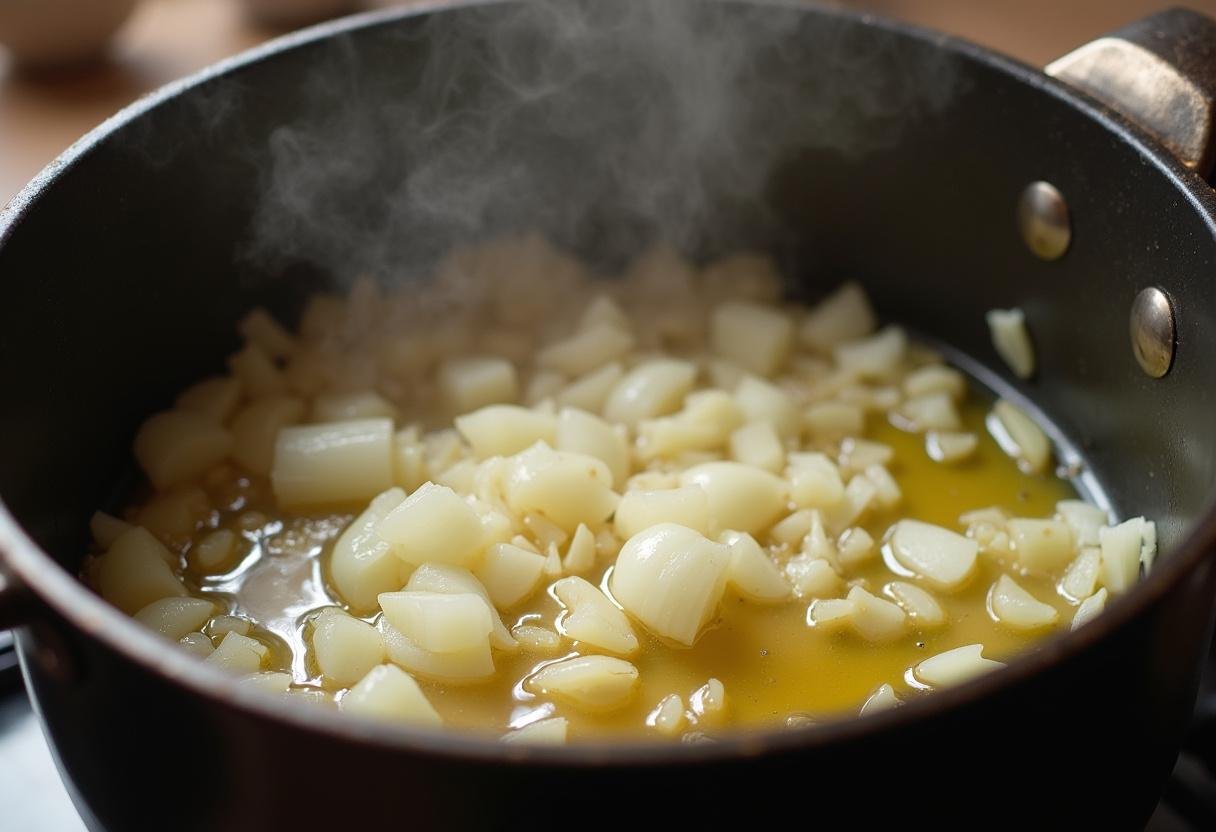
3. Add the Rice and Beans
It’s time to add the washed and drained rice. Mix well so that all the grains are coated in the seasoning and gain that special flavor. After 2 minutes of sautéing the rice, add the already cooked cowpeas (with a little of the broth) and stir gently so as not to crush the grains. At this point, you can check out other incredible northeastern recipes on the A Cozinha Serena website to complement your menu.
Add boiling water (about 4 cups) until the ingredients are covered by about 2 fingers. The exact amount may vary depending on the type of rice, so keep an eye on it. The key is to add enough water to cook the rice, but not to make the dish watery.
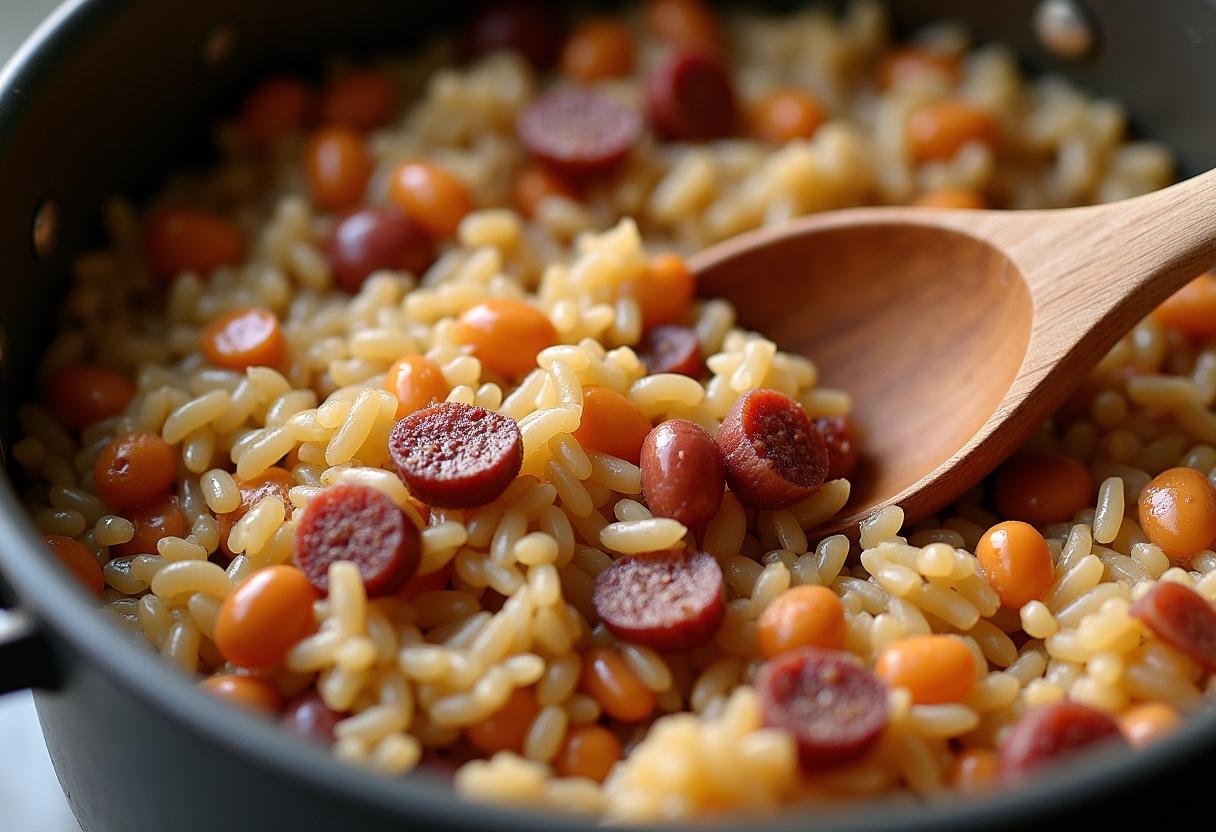
4. Cook on Low Heat
Cover the pan and reduce the heat to low. Slow cooking is essential for the flavors to blend perfectly. Let it cook for about 20 minutes, but keep an eye on it: if it’s drying out too quickly, add more hot water little by little. The ideal point is when the rice is tender but still fluffy, and the broth has almost all been absorbed.
Important: Do not stir during cooking! This can break the rice grains and make the dish soggy. Just check the doneness by carefully lifting the lid.
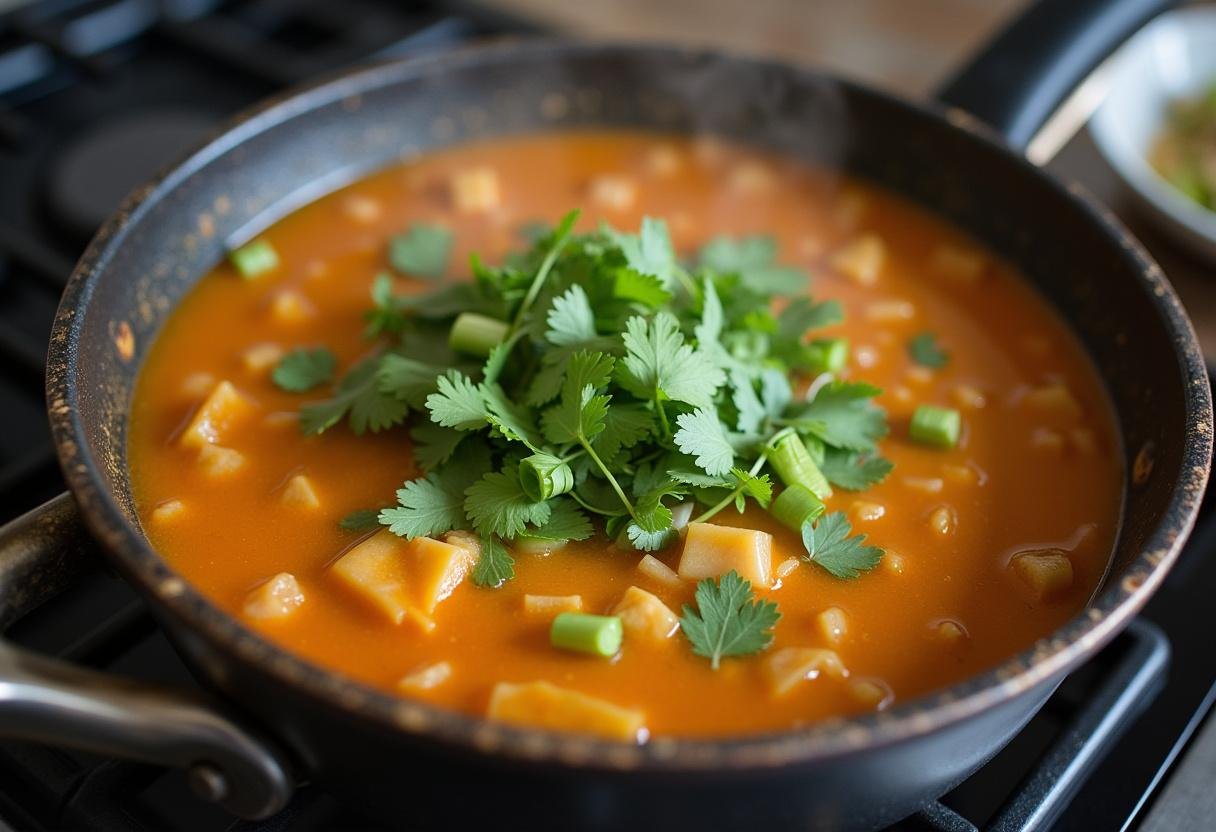
5. Finish with the Final Touches
When the rice is ready, it’s time to add the details that make all the difference: add the fresh chopped cilantro (reserve some for garnish), the palm oil (which gives it that characteristic golden hue) and adjust the salt if necessary. Turn off the heat, cover the pan and let it rest for 5 minutes before serving – this rest allows the flavors to harmonize even more.
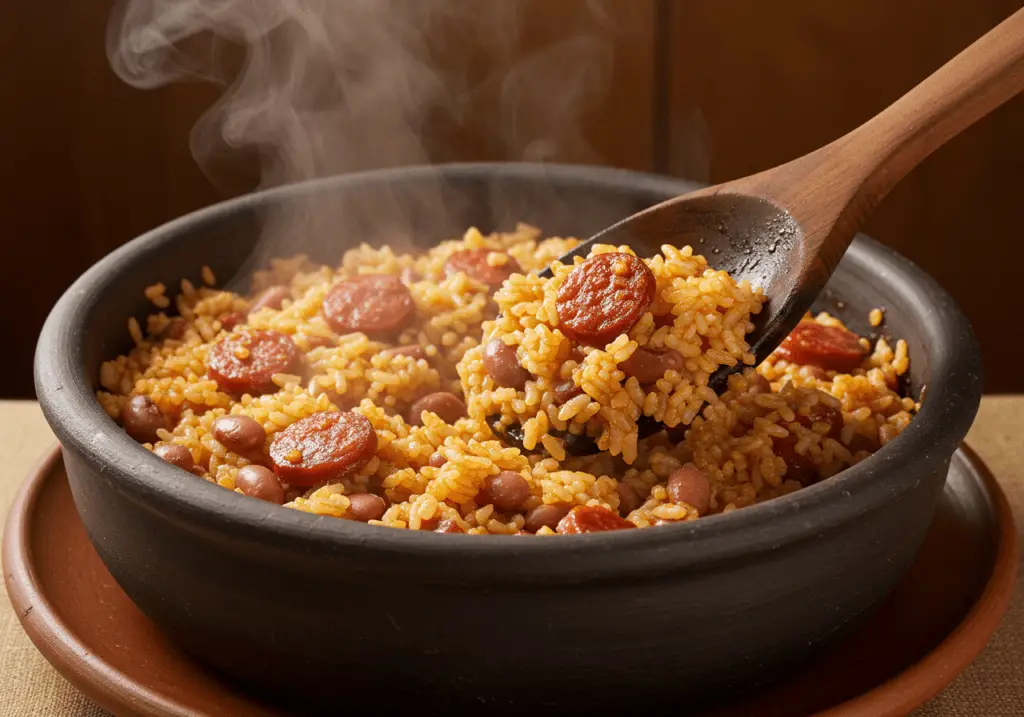
4. Foolproof Tips for the Perfect Baião de Dois
- Fresh string beans : If possible, buy dried beans and cook them at home. Canned beans work, but they don’t have the same authentic flavor.
- Water temperature : Always use boiling water to add to the rice, this prevents it from cooking unevenly.
- Dried meat : If it is still too salty even after desalting, you can cook it in water with a little milk, which helps to neutralize the salt.
- Coalho cheese : For a special touch, grill pieces of coalho cheese and place on top when serving.
- Side dishes : Serve with crispy couscous farofa, lemon slices to squeeze on top and hot pepper sauce on the side.
- The right pan : If you have one, use a clay or cast iron pan that holds heat better and gives a special flavor.
5. Creative Recipe Variations
This traditional baião de dois recipe is amazing as is, but you can create delicious variations:
- Vegetarian Baião de Dois : Replace the meat with cubes of roasted pumpkin, colorful peppers and hearts of palm. It’s delicious!
- Baião de Dois with Cheese : Add cubes of curd cheese at the end of cooking, letting it melt slightly
- Baião de Dois Light : Use shredded chicken breast instead of dried meat and chicken sausage, reduce the oil
- Baião de Dois with Shrimp : For a beachy twist, add peeled medium shrimp at the end of cooking
- Baião de Dois Integral : Replace white rice with brown rice (increase cooking time)
6. Detailed Nutritional Information
A portion of approximately 300g of Baião de Dois contains:
- Calories : 450 kcal – energy for the whole day
- Carbohydrates : 60g – mainly from rice and beans
- Proteins : 25g – from meat and beans, a great combination
- Fats : 12g – mainly from sausage and palm oil
- Fiber : 8g – beans are rich in fiber that helps with digestion
- Iron : 15% of the RDI – important for preventing anemia
It is a nutritionally complete dish, providing energy, proteins and several essential micronutrients.
7. History and Fascinating Curiosities
Baião de Dois was born in the rustic kitchens of the Northeastern backlands, created by the cowboys’ need for a complete, nutritious meal that could be easily transported on their long journeys through the countryside. The name is a tribute to baião, a Northeastern musical rhythm, and to the “dois” that represents the perfect combination of rice and beans.
Interestingly, each region of the Northeast has developed its own version of the dish. In Ceará, for example, it is common to add coalho cheese, while in Bahia, palm oil is more prominent. In Pernambuco, many chefs add cream at the end for a creamy touch.
Today, Baião de Dois has transcended its humble origins and can be found in the best restaurants in the country, always evoking the nostalgia and authentic flavor of the Brazilian Northeast.
8. Frequently Asked Questions Answered by Experts
Can I use beans other than string beans?
Yes, you can substitute them with pinto beans or even black beans, but the flavor won’t be exactly the same. String beans have a unique texture and flavor that are essential to traditional Baião de Dois. If you’re using another type, cook them until they’re very soft, but not falling apart.
What is the best way to desalt jerky?
The most effective method is to soak the meat in cold water in the refrigerator for at least 12 hours, changing the water every 3 hours. Some people add a tablespoon of vinegar or lemon juice to the water to help remove the salt more quickly. After desalting, cook the meat in fresh water until tender.
Can I prepare Baião de Dois in advance?
Yes, you can prepare it a few hours in advance and just heat it up when ready to serve. However, it is best to consume it on the same day, as the dish loses some of its texture when reheated. If you need to store it, place it in a sealed container in the refrigerator for up to 2 days or freeze it for up to 1 month.
What to do if the Baião de Dois is too dry?
If you notice that it is drying out too much during cooking, add more hot water little by little, always stirring gently. If it is already ready and dry, you can serve it with a little bean broth on the side to moisten it.
Can I make Baião de Dois in a rice cooker?
Yes, you can! Follow all the steps to sauté the ingredients in the rice cooker itself (if it has a frying function), then add the other ingredients and water, and turn on the normal rice cooking mode. Pay attention to the amount of water, which may vary depending on the model of the cooker.
9. Conclusion
This traditional baião de dois recipe is much more than just a simple combination of ingredients – it’s a piece of Northeastern culture that you can bring to your table. With its striking flavor, incredible texture and versatility, Baião de Dois will win over even the most demanding palates.
Preparing this dish is a gastronomic experience that connects you with the traditions of the Brazilian hinterland. Each bite brings the richness of northeastern flavors, the intelligent simplicity of regional cuisine and the warmth of interior kitchens.
Try making it at home, follow our tips and variations, and discover why Baião de Dois is considered one of the most emblematic dishes of Brazilian cuisine. Enjoy your meal and may your table always be full of flavors and stories!
And if you liked this recipe, be sure to explore other regional delights on the A Cozinha Serena website , where you will find inspiration for all your daily meals.

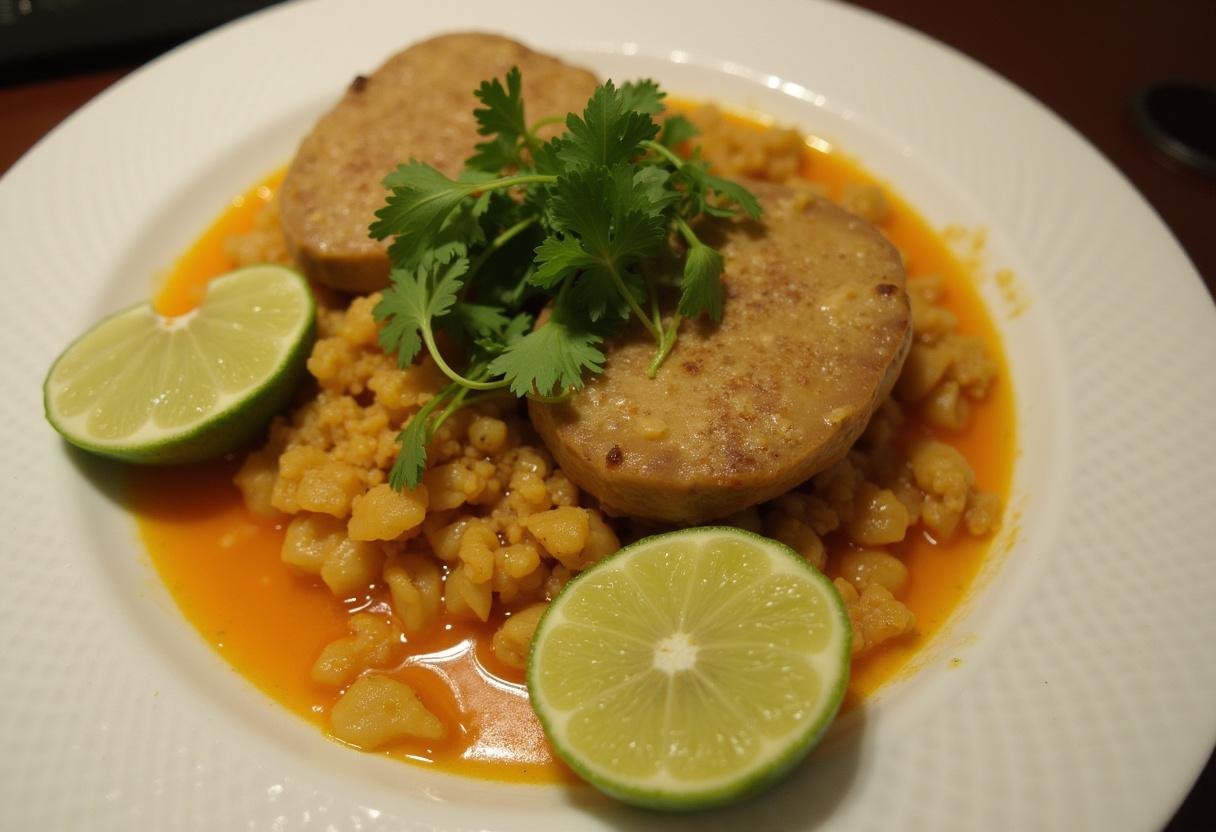
5 thoughts on “Baião de Dois Clássico do Sertão”